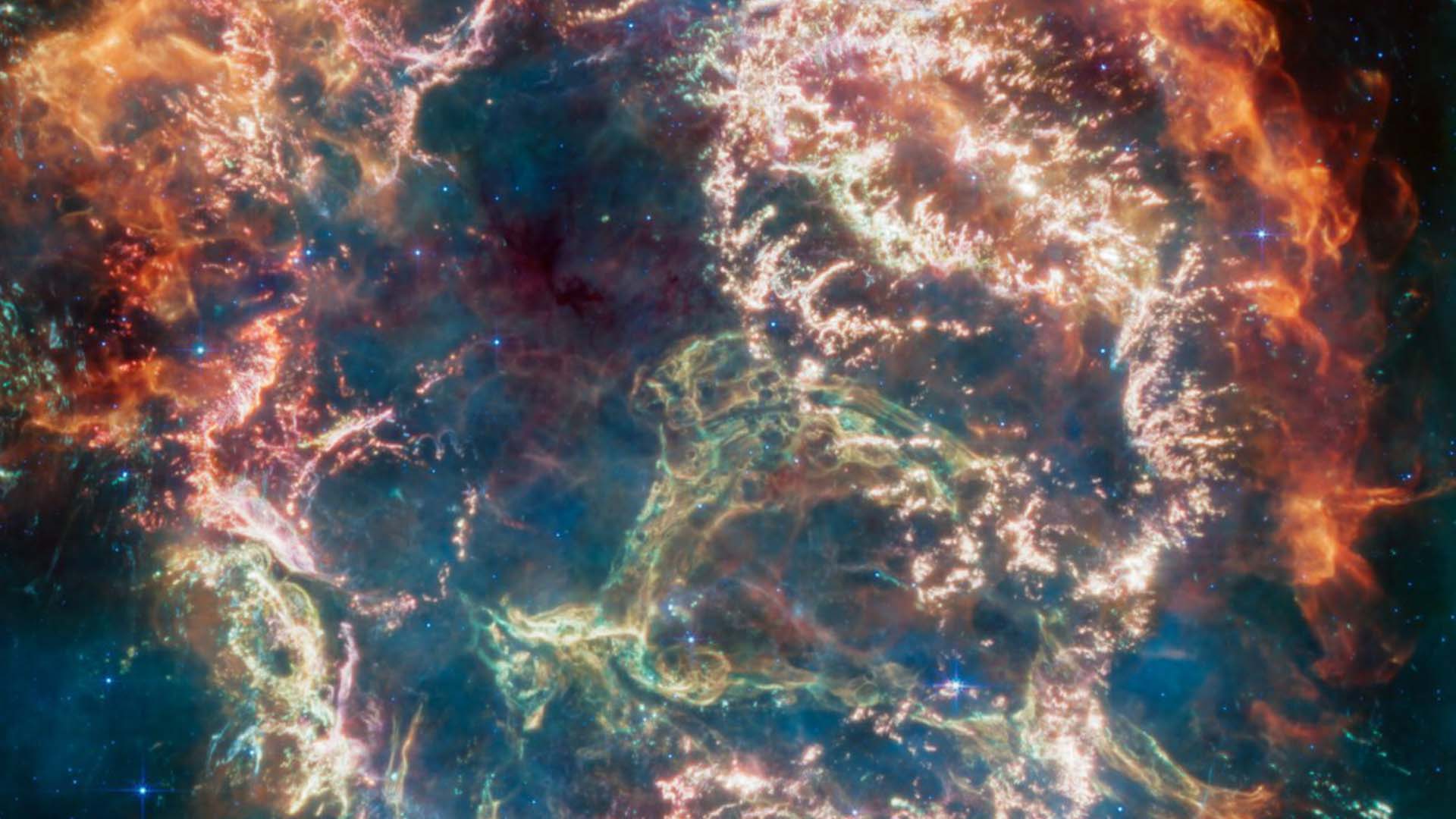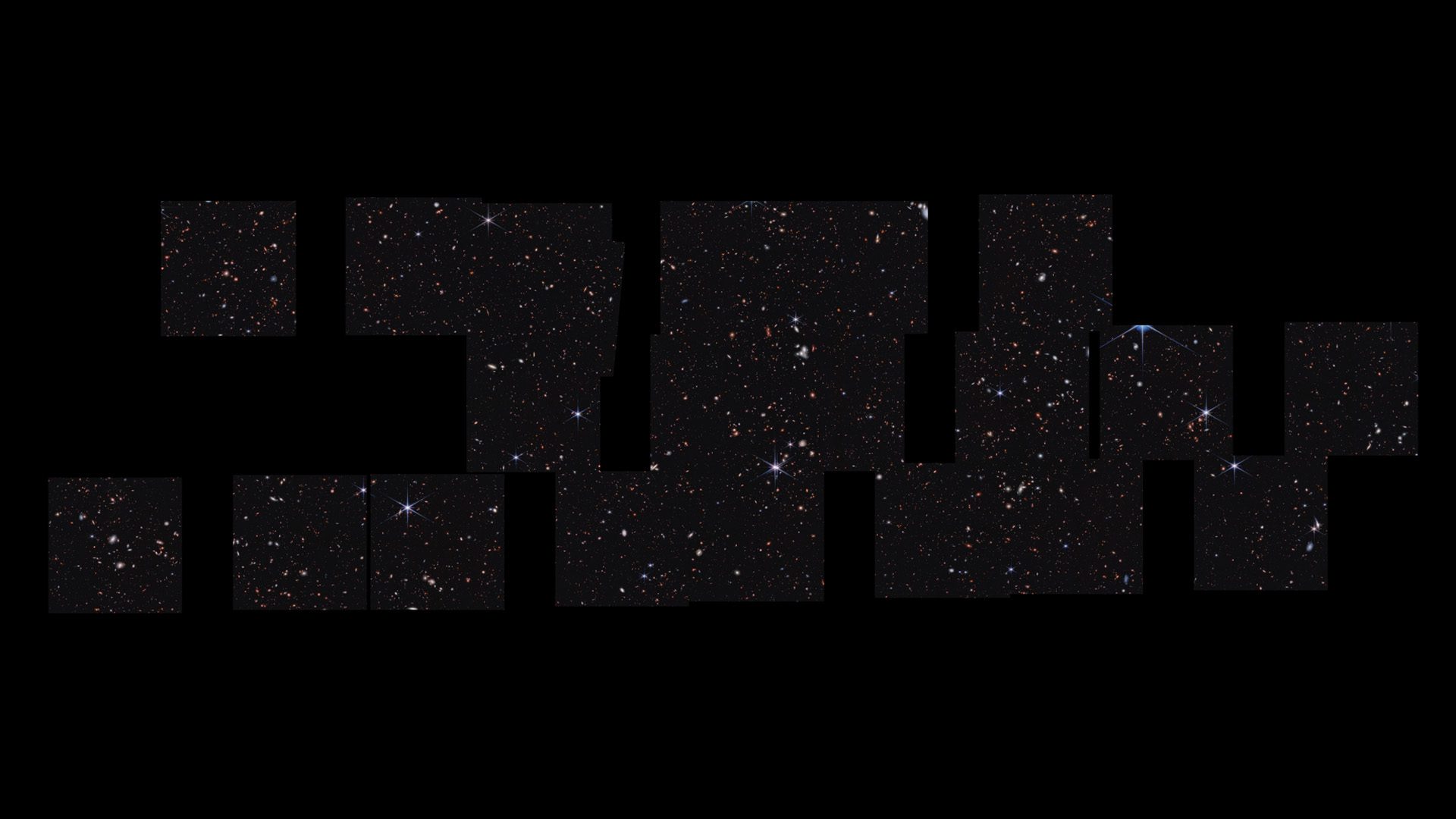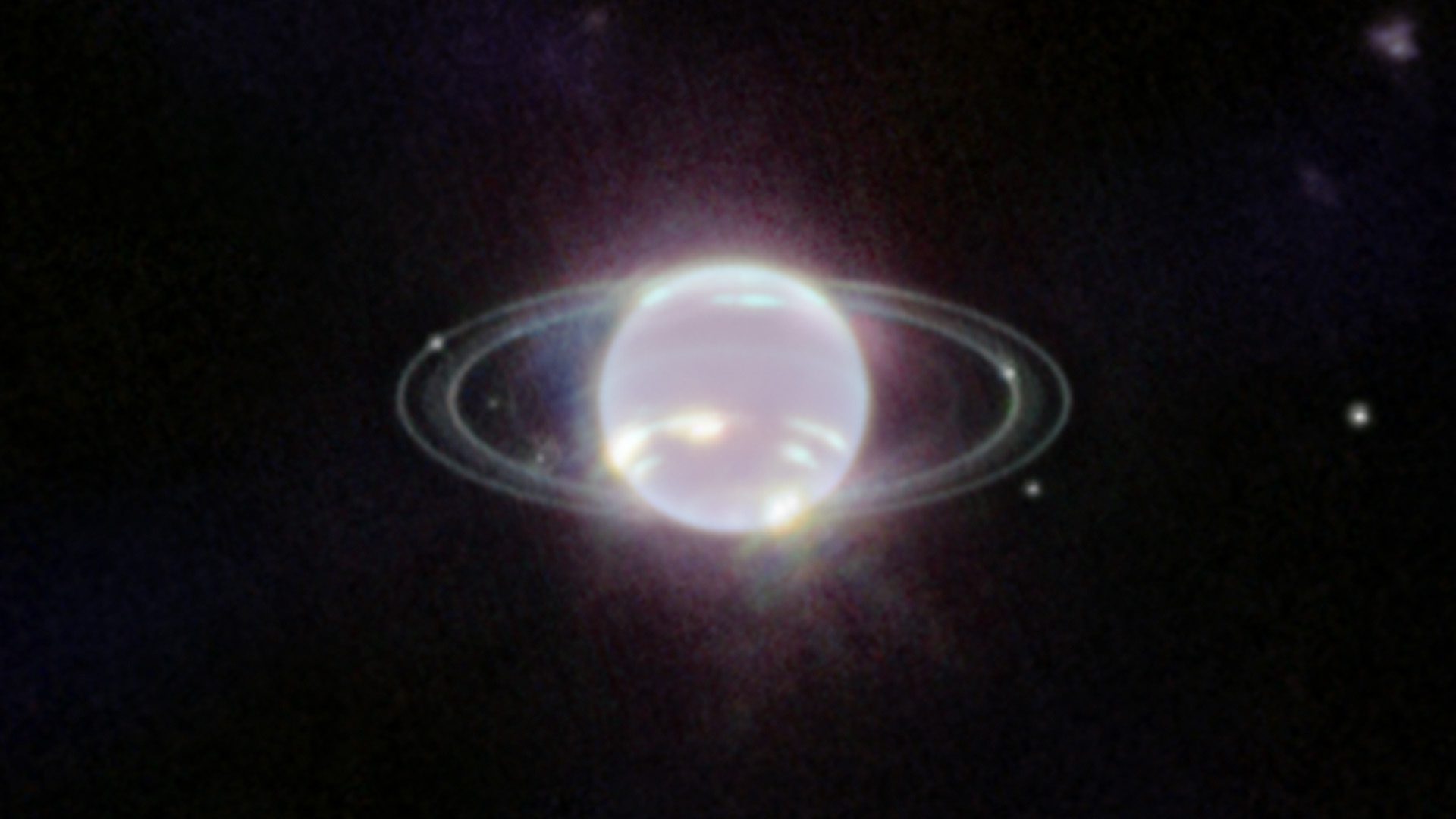Using the orbiters circling the planet and rovers driving across its surface, astronomers captured the effects of a massive solar storm on Mars in order to better estimate the radiation levels that the first red planet astronauts may experience in the future.
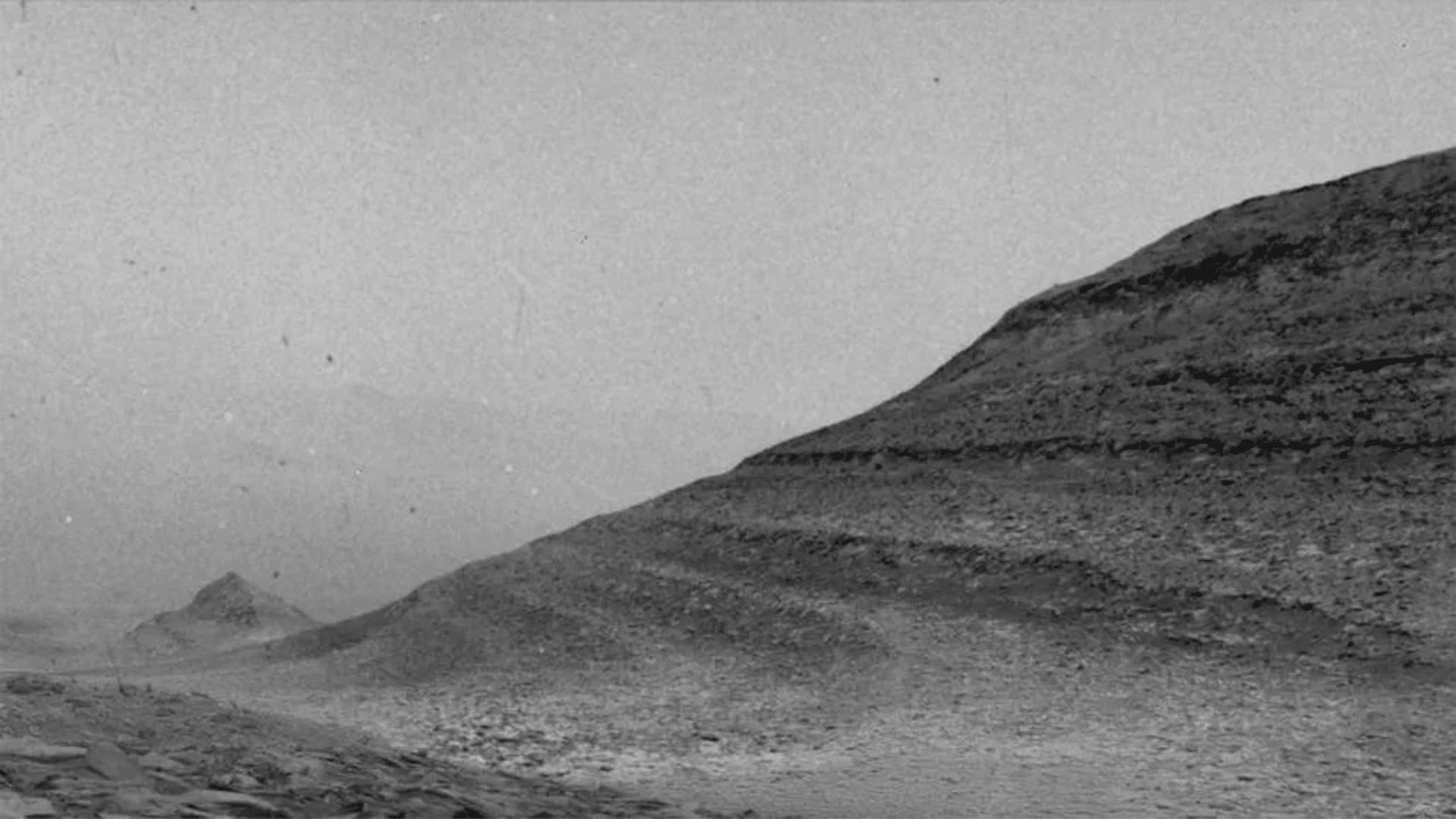
According to NASA, the giant solar storm that hit Mars this May engulfed the planet with auroras and an influx of charged particles and radiation. After a massive cluster of sunspots faced the Earth, they rotated in the direction of Mars.
Within the past several months, the sun has shown increased activity as it nears the peak of its 11-year cycle which is predicted for later this year, also known as solar maximum. The spike in solar activity has included strong solar flares, X-class flares, and coronal mass injections or large clouds of ionized gas called plasma and magnetic fields that erupt from the sun’s outer atmosphere.
According to data from the Solar Orbiter spacecraft, the most severe storm took place on May 20 when an X12 flare was released from the sun. The flare sent X-rays and gamma rays toward Mars and a coronal mass ejection released on the heels of the flare, sending charged particles in the planet’s direction.
Scientists from NASA’s Moon to Mars Space Weather Analysis Office at the Goddard Space Flight Center in Greenbelt, Maryland stated that the X-rays and gamma rays traveled at the speed of light and reached Mars first, followed by charged particles approximately ten minutes later.
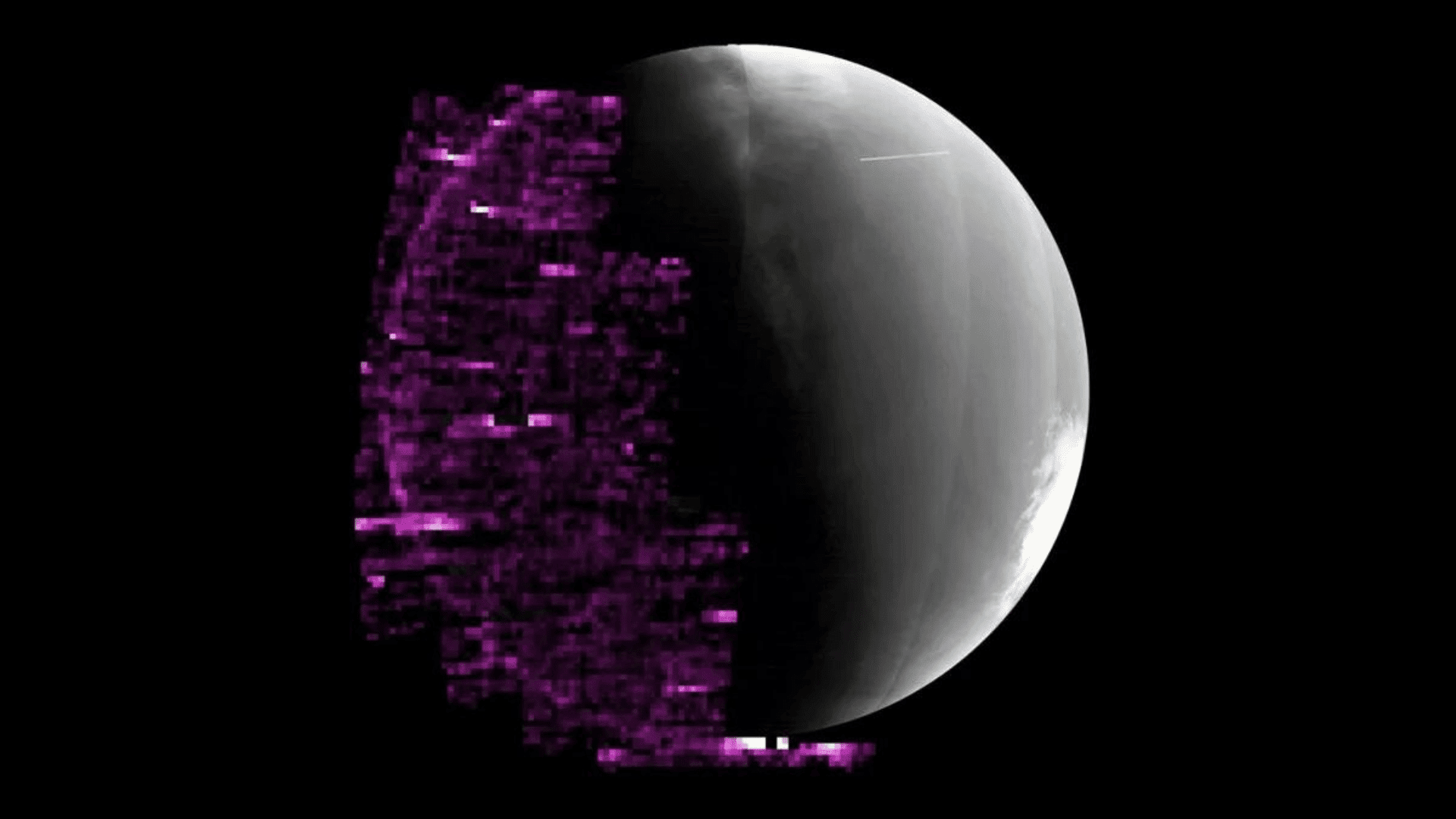
Explore Tomorrow's World from your inbox
Get the latest science, technology, and sustainability content delivered to your inbox.
I understand that by providing my email address, I agree to receive emails from Tomorrow's World Today. I understand that I may opt out of receiving such communications at any time.
The Curiosity Rover took black and white photos during the solar storm. The images feature white streaks that resemble snow, which are the result of charged particles.
Curiosity also used its Radiation Assessment Detector (RAD) to measure the amount of radiation hitting the planet during the storm. According to the device, an astronaut standing next to the rover would have experienced radiation equal to 30 chest X-rays.
Though this level of radiation isn’t deadly, this is the largest surge of such radiation measured since the rover landed on Mars almost 12 years ago. This data shows what levels of radiation astronauts on Mars could experience, which will allow scientists to better protect crewed astronaut missions in the future.
The MAVEN orbiter, or Mars Atmosphere and Volatile Evolution, also provided an aerial view of the auroras in ultraviolet light over Mars.
Because Mars has lost its magnetic field billions of years ago, the planet isn’t shielded against incoming solar particles. This means its auroras span across the planet rather than being concentrated near its poles like on Earth, a sight that could one day be enjoyed by future astronauts colonizing the red planet.





